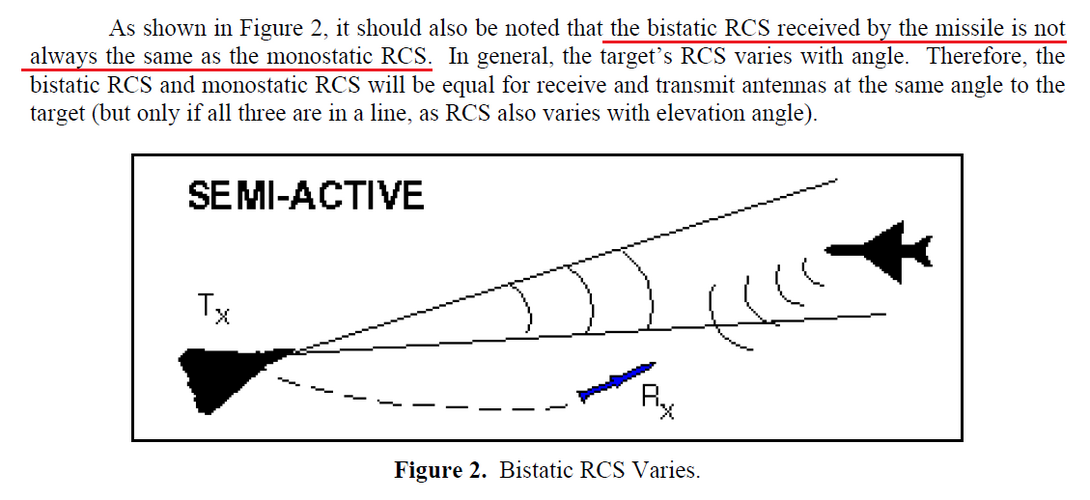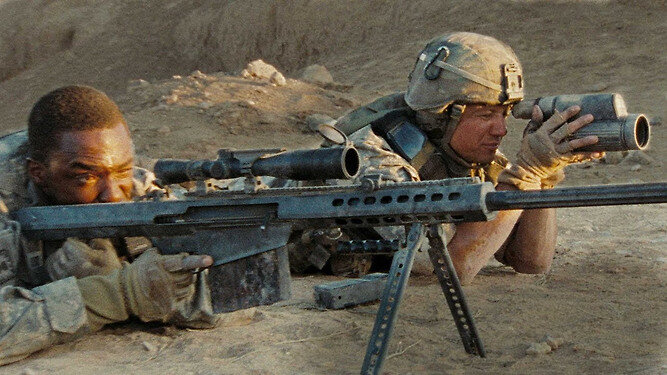Holy click bait Batman!
"Frank Kendall reassured in an interview with Defense News that the service was working on creating an advanced next-generation fighter, but a redesign was necessary to control expenses and improve the integration of loyal wingman drones"
How is it "dead" then?
"Frank Kendall reassured in an interview with Defense News that the service was working on creating an advanced next-generation fighter, but a redesign was necessary to control expenses and improve the integration of loyal wingman drones"
How is it "dead" then?






